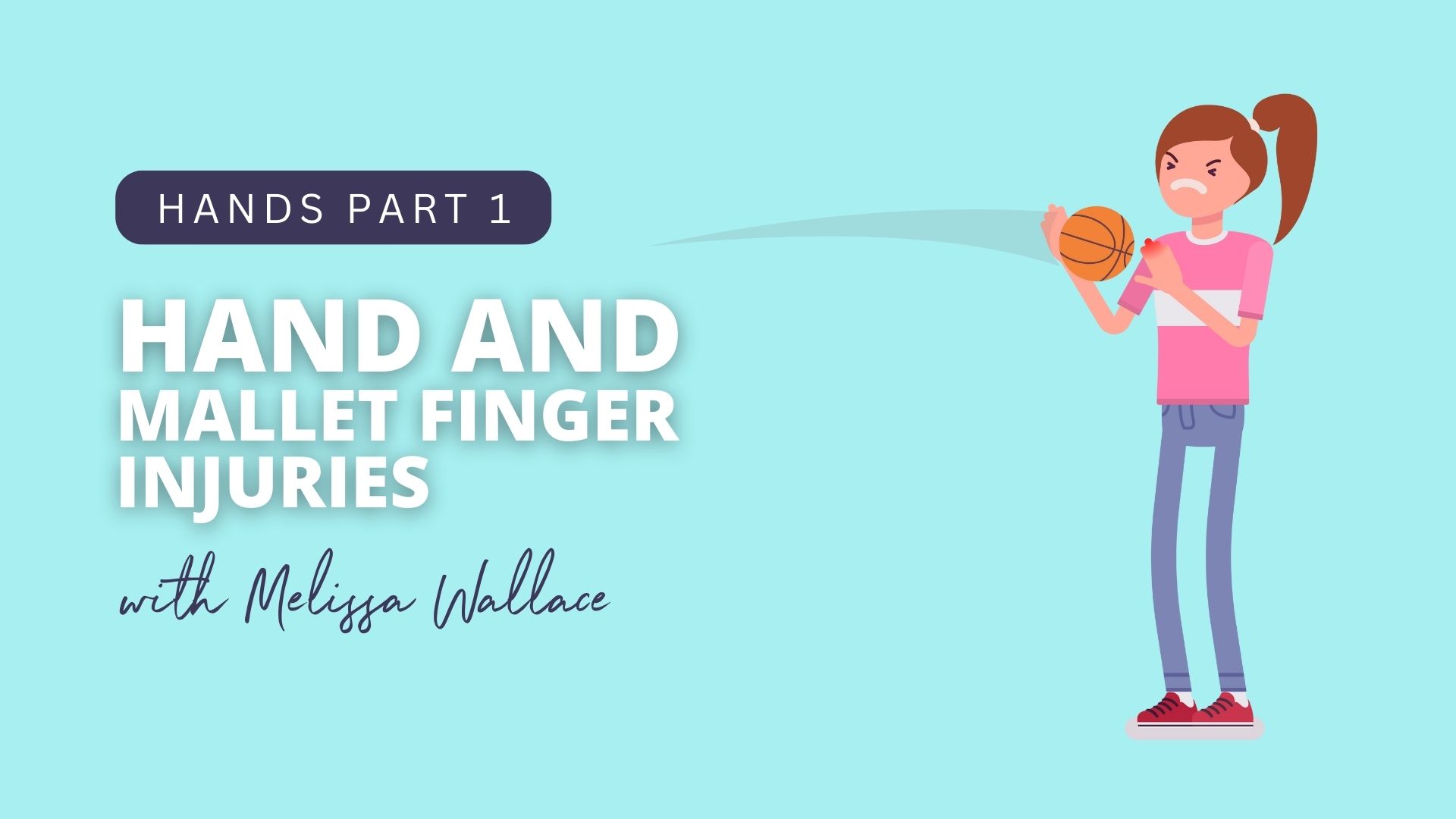Join Melissa Wallace, a Physiotherapist and Hand therapist, in this Clinical Edge presentation as you develop the skills to assess and treat hand pain and injuries confidently and effectively.
Hand injuries can be daunting for many Physiotherapists due to their complexity and the limited training we often receive in this area. This often leads to patients being referred to hand therapists, when with the right training we're entirely capable of treating a lot of hand injuries successfully.
This presentation reveals the anatomy, biomechanics, assessment techniques and treatment strategies required to address hand pain and injuries, enabling you to improve outcomes for your patients.
What you’ll learn and how it will benefit you:
Anatomy and biomechanics review:
Gain a clear understanding of the hand’s anatomy and biomechanics, so you can precisely identify structures involved in common injuries and improve diagnostic accuracy.
Red flags and diagnostic clues:
Learn to spot red flags and identify critical diagnostic clues, which will help you make timely and accurate decisions, preventing complications and ensuring optimal patient care.
Effective assessment techniques:
Master structured assessment techniques tailored to hand injuries. This will streamline your evaluations, enhance your confidence in diagnosing conditions, and lead to more targeted treatment plans.
Imaging guidelines and interpretation:
Understand when to refer for imaging, which type of imaging is needed and interpret results confidently. This knowledge will support your clinical reasoning, and understand how imaging results impact your treatment.
Treatment techniques
Explore practical treatment strategies, from splinting to rehabilitation exercises, so you can provide effective treatment tailored to your patients' injuries.
Collaboration and referral criteria:
Discover when to treat patients, and when you need to refer to hand therapists, surgeons, or other specialists, so you're confident that you're treating appropriate patients, and each patient receives the best care, reducing potential complications.
Case studies in hand injury management:
Apply your knowledge to real-world cases, from finger fractures to tendon injuries. These examples solidify your learning and ensure you’re prepared to treat a range of hand injuries in practice.
This presentation gives you the knowledge you need to confidently tackle hand injuries and get the best treatment outcomes for your patients.
In part one you’ll discover the keys to successful assessment and treatment of hand injuries, including:
- Subjective assessment: Questions you need to ask hand injury patients
- How to remember the key medical history questions to ask patients
- Anatomy and how this impacts objective assessment & treatment
- Objective assessment: How to objectively assess patients with a finger injury
- How to accurately assess range of movement, and how to use the information you gain from this.
- Imaging: When to request imaging, and the most appropriate imaging for different injuries
- Finger injuries
- Mallet finger classifications: Which ones you can manage, and which types need referring on.
- How to manage a mallet finger
- How to make a mallet finger splint (practical demonstration)
- Instructions to give patients with a mallet finger injury
CLICK HERE to improve your assessment & diagnostic skills with a free trial Clinical Edge membership

